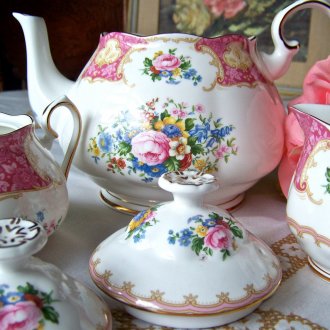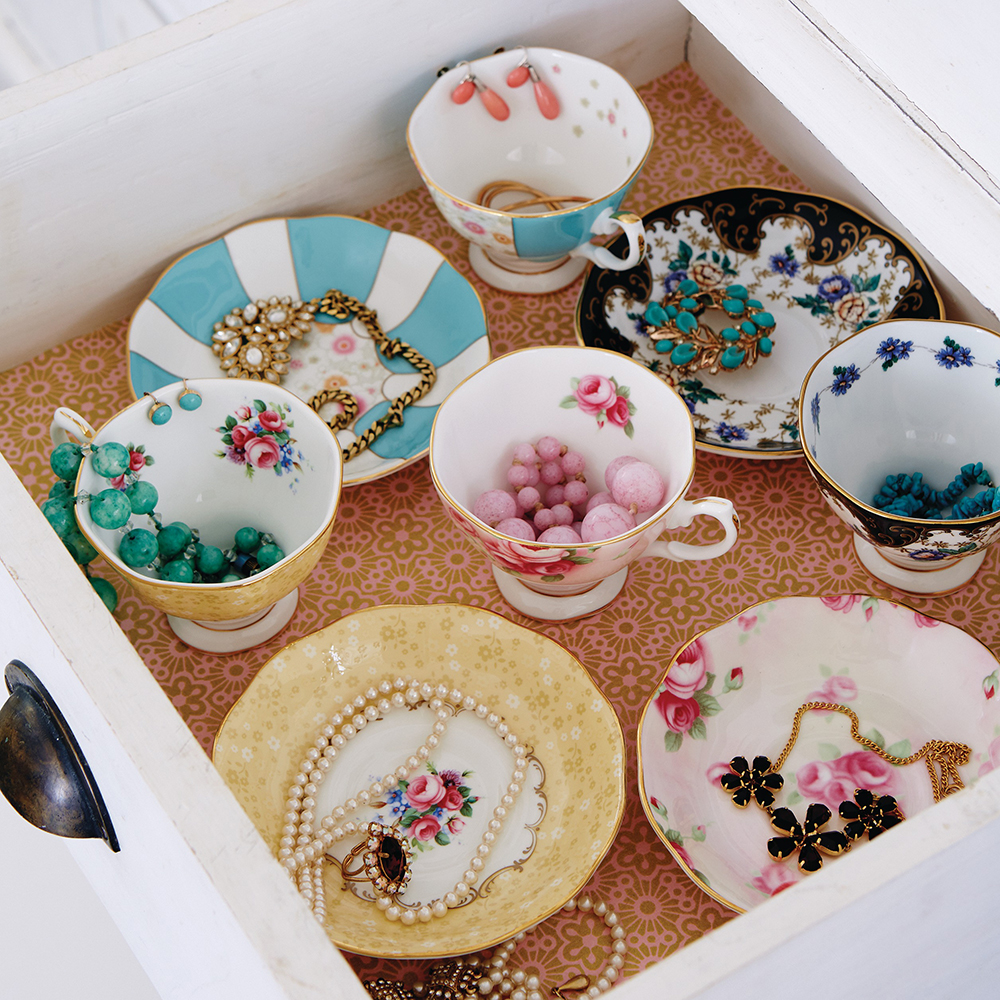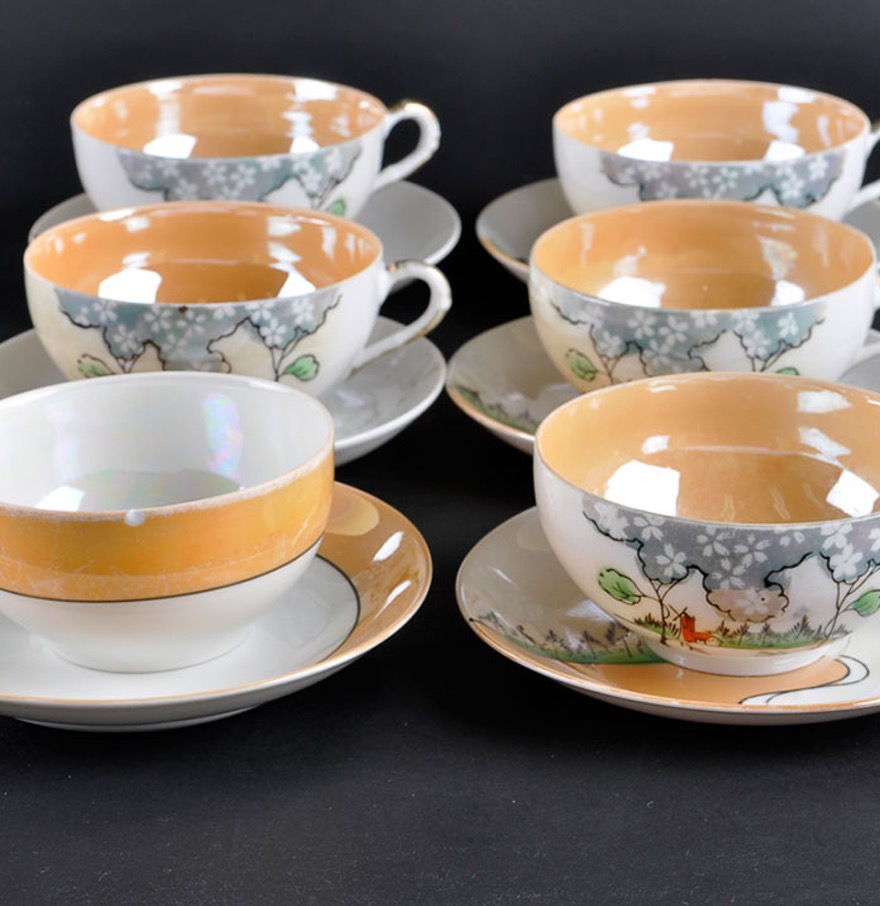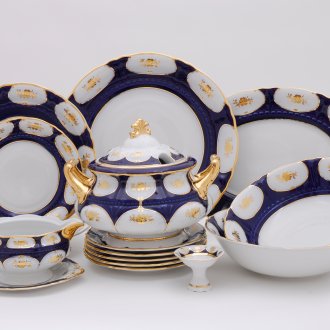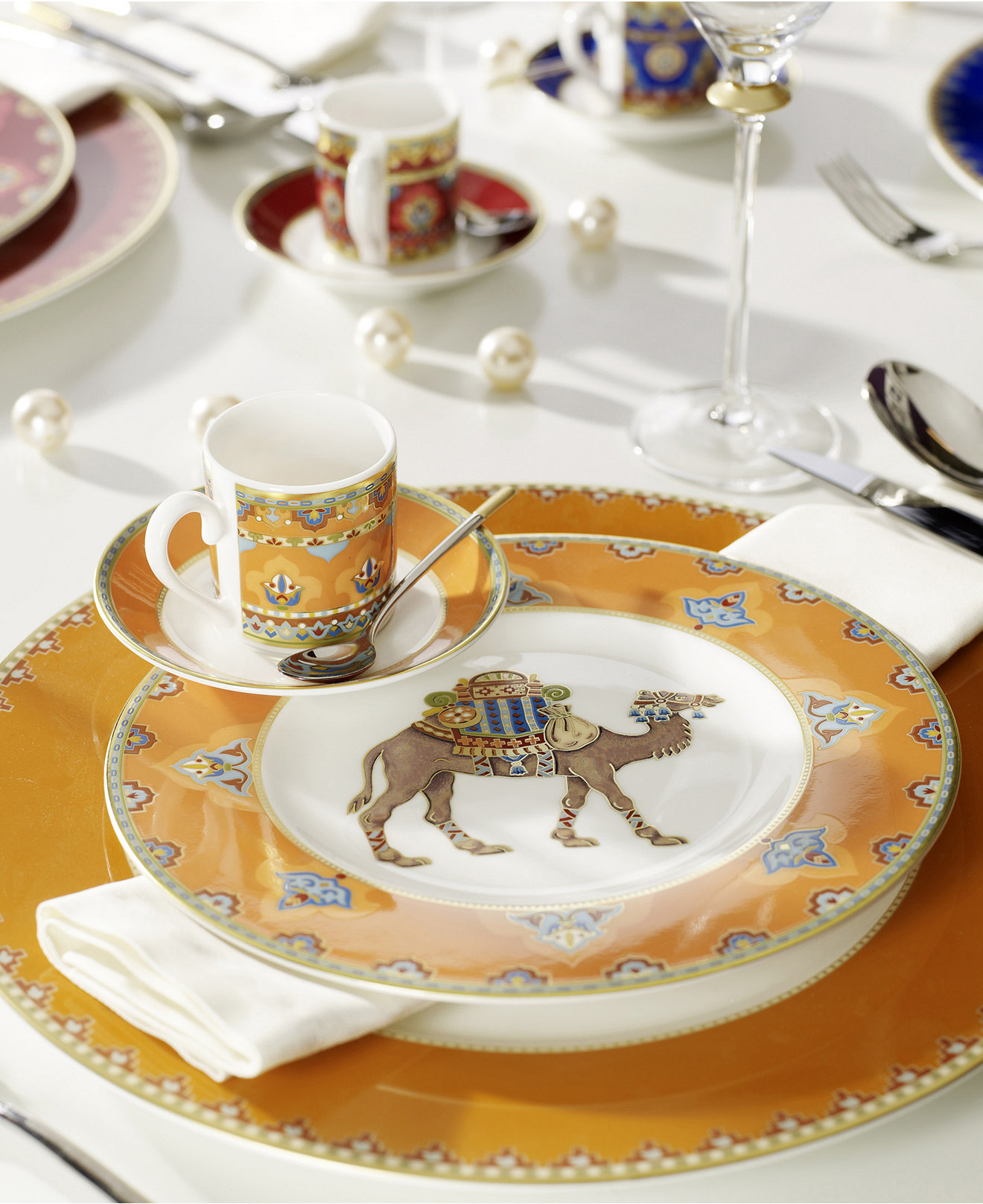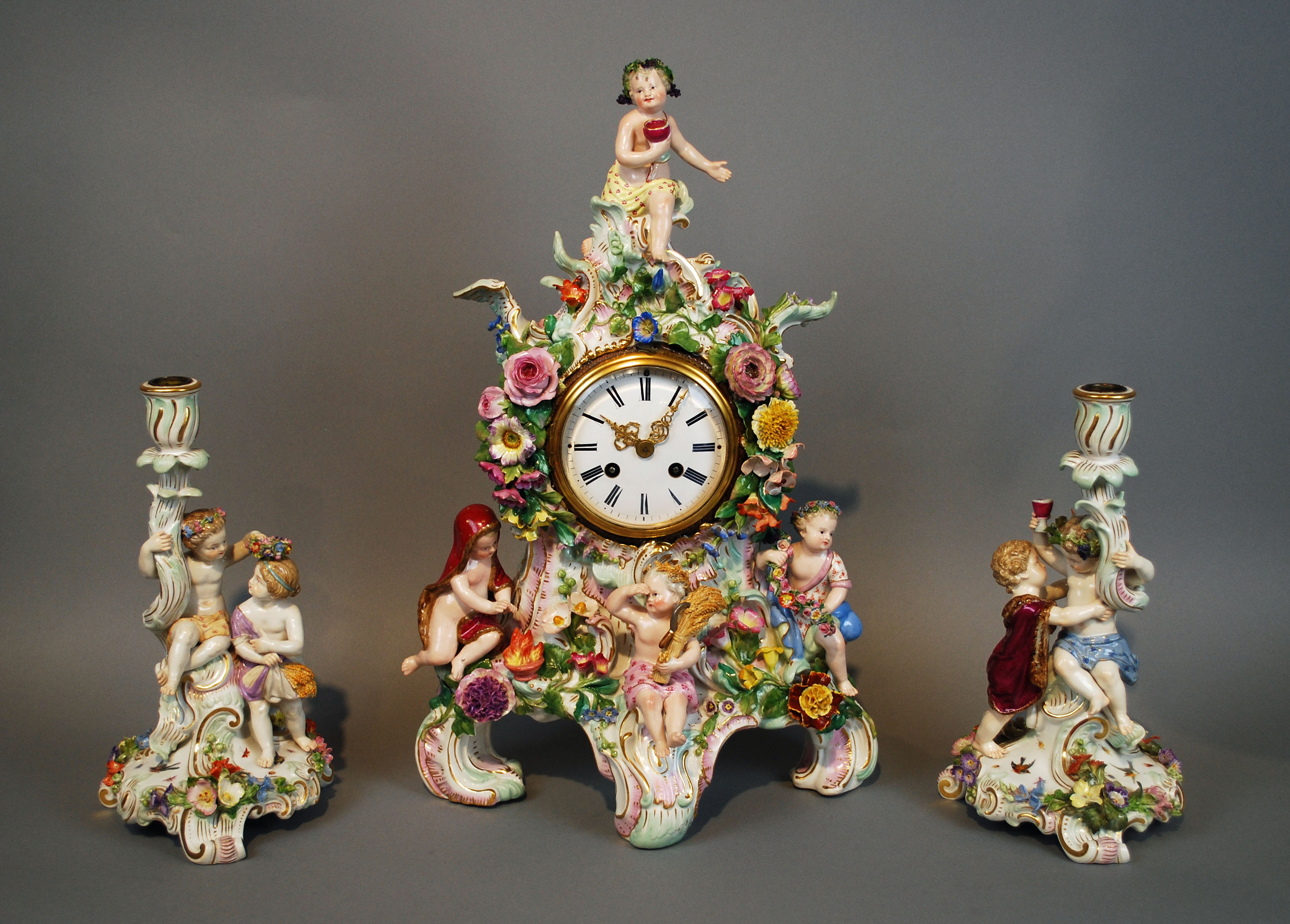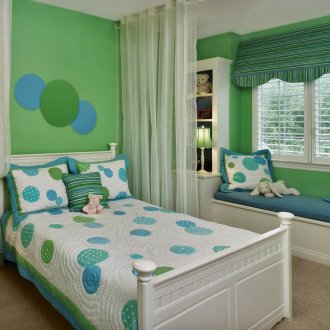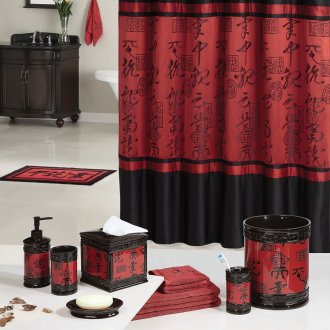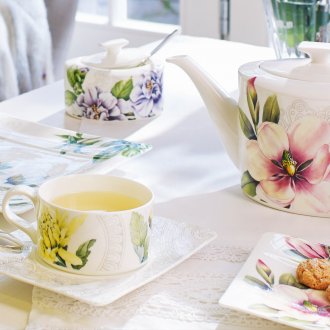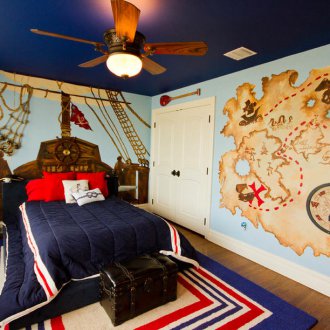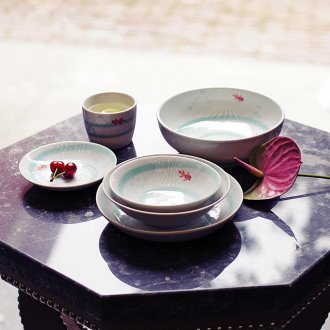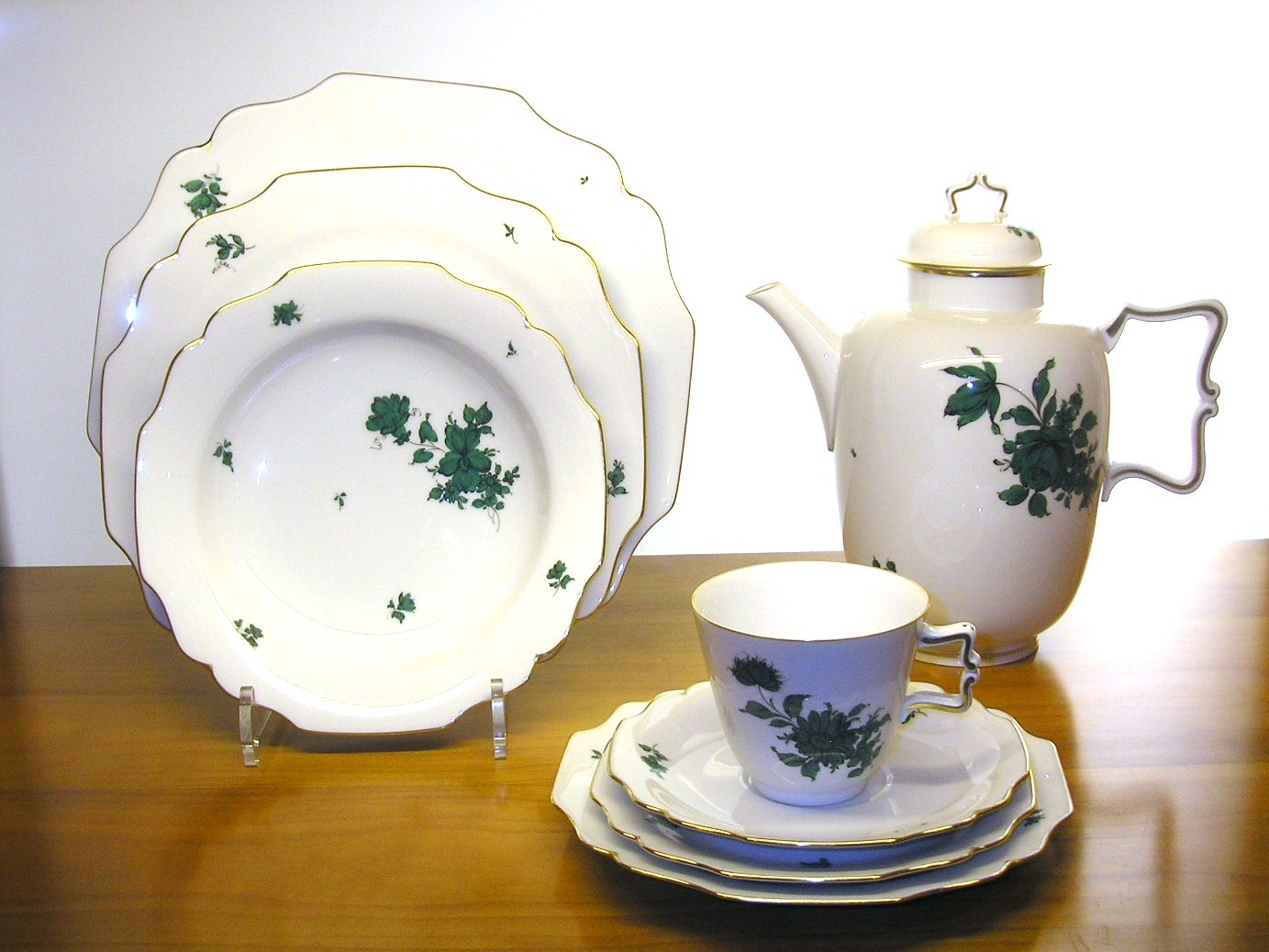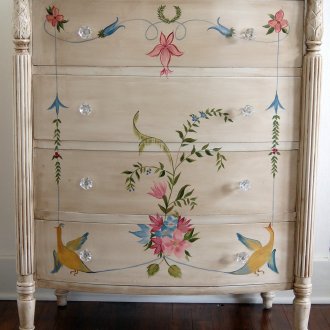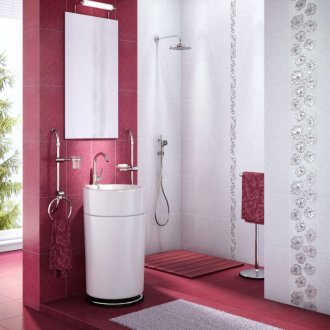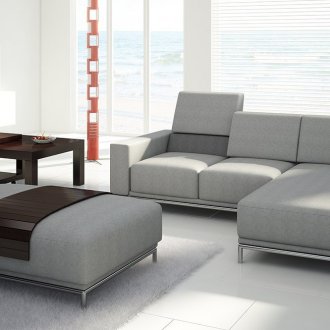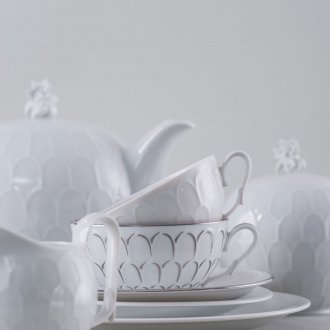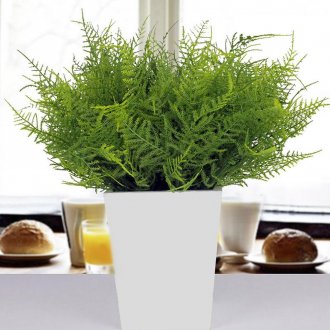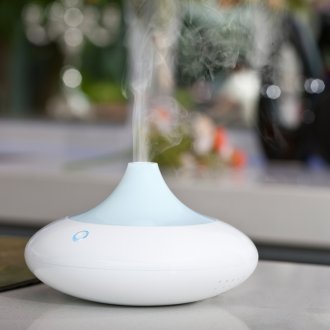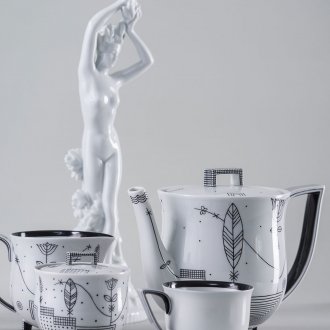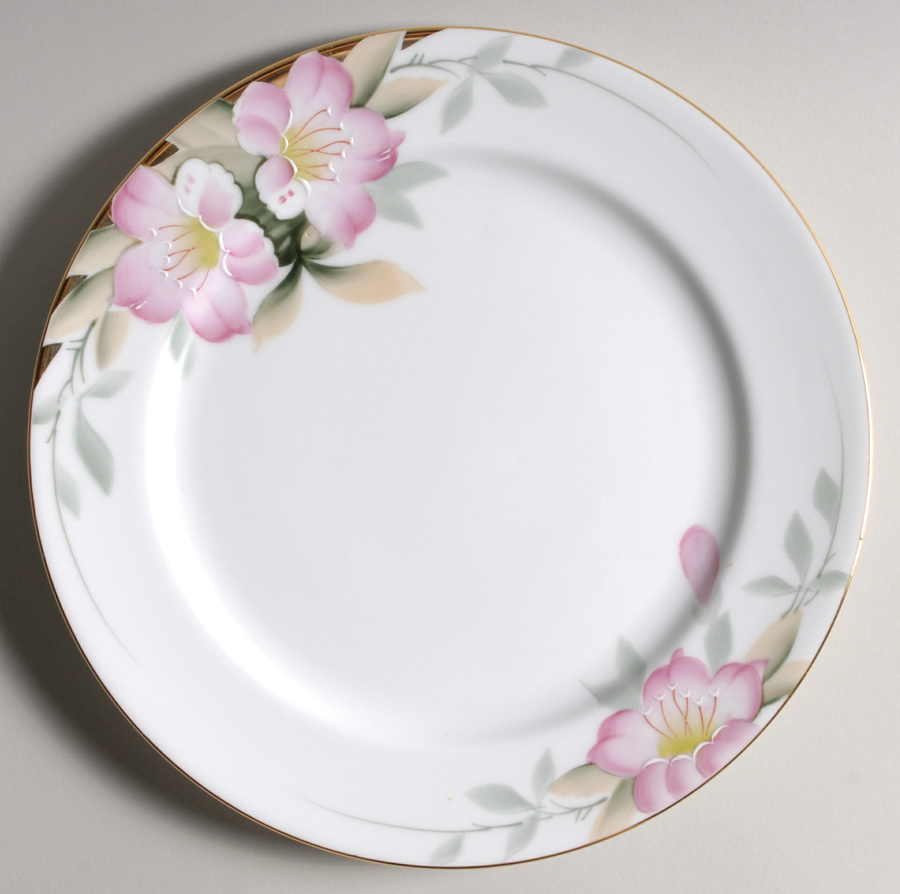Porcelain dishes: luxury for every day (26 photos)
Content
Porcelain tableware is a part of the dwelling, which they say "house is a full bowl." A porcelain tea set turns a regular breakfast into a ceremonial. In fragile cups and plates, the taste of food and drink changes, and the tea utensils on the table in a full assortment: cups, saucers, a teapot, sugar bowl, milk jug - deliver aesthetic pleasure to the owner and increase his self-esteem.
What is porcelain and what happens?
Porcelain dishes are distinguished by whiteness, durability, at the same time, lightness and transparency. Porcelain is made from burnt clay, kaolin and spar. Depending on the composition and method of processing clay, the following types of porcelain are distinguished:
- soft;
- bone;
- solid (spatula).
Classification is carried out depending on the amount of kaolin: the higher the concentration, the better the porcelain.
The latter variety is considered the best, real china, from which elite dishes are made. It is surprisingly durable, heat-resistant, with virtually zero acid exposure. Outwardly, dishes made of solid porcelain are subtly transparent, snow-white, with the slightest hint of blue.
Soft porcelain contains a high concentration of glass-like components and a small percentage of clay. Such dishes are more transparent, but less white, not so durable and heat-resistant.
Bone china is named after the addition of burnt bone lime to the composition. In color, strength, hardness, transparency is between hard and soft varieties.
Depending on the type of material, the purpose of the china is determined. A daily meal involves hard or bone china on a table; As a decorative decoration, transparent and fragile dishes made of soft material are most often used.
World brands
In the world of porcelain, reputation and brand name are pretty much everything. After all, it is they who guarantee compliance with environmental and hygienic safety standards. Having bought branded products, a person is sure that he will not recover by consuming food from a brightly painted plate. Like centuries ago, today it is German (especially Meissen figurines), Russian, Chinese, French and English porcelain.
Such tableware and tea utensils are offered by well-known trademarks in the field of porcelain manufacture:
- Augarten is a Viennese manufactory that has been manufacturing premium products for strictly three centuries with strictly limited runs. One hundred percent hand-made for a specific occasion. These are family special dinner services with monograms or emblems, collectible coffee cups or a set of “plates of the year” of 365 pieces.
- "Imperial Porcelain" - the first Russian porcelain factory; retained production in full. The legendary company, the supplier of the royal court, which produced services that included up to a thousand items.
- Meissen is the oldest European brand. For almost three hundred years of history, two identical products have not been released. All dishes and unique figurines are painted by hand, not a single solid auction can do without them.
- Noritake is the Japanese luxury of classic shapes. It is translucent in the light, decorated with gold and platinum.Ecologically clean bone china with olive tint is especially appreciated, the recipe of which is the trade secret of the company. Services are made in limited series, after which the workpieces are broken, immediately turning the dishes into exclusive. Oriental sophistication is complemented by practicality: porcelain can be washed in a dishwasher.
- Royal Albert - produces bone white snow-white porcelain for over a hundred years. He is not only beautiful, but also durable. UK Royal Court Supplier.
- Villeroy & Boch - produces bone dishes with a classic decor in blue and white. Adherents of asymmetry will delight ethnic collections. All dishes are heat-resistant, do not respond to a microwave or dishwasher.
Marking in the form of a trademark is located on the bottom of the product from the outside.
If you don’t care about prestige, but only quality cares, you should know that products of different varieties are provided with a brand of the appropriate color: the first grade is red, the second is blue, the third is green.
Where is porcelain used?
Porcelain is traditionally and widely used as a material for the manufacture of sets and individual items for eating.
Porcelain kitchen utensils are considered the most elite in this segment. It is much more prestigious than glass, earthenware or some other. This is a symbol of wealth, not subject to time or fashion trends, an indispensable element of table setting.
There are different types of china: tableware, coffee and tea; Exclusive for special occasions or everyday use.
Dear tea or dining sets made of solid porcelain, appreciated for their perfect whiteness, strength and heat resistance - are an attribute of luxury restaurants, private meals of status persons or rich people. In ordinary houses, if there is, for example, real English porcelain, then they take it out of the sideboard on holidays. For every day, simpler dishes are in demand: cups, plates, saucers in a budget version. But they are still more prestigious than the heavier and opaque earthenware dishes.
One of the latest fashion trends among rich people is porcelain in the style of the interior.
The second sphere of use of porcelain is figurines, figurines, and other small plastic used to decorate the interior. Along with the traditional fashionable hobby began to make figures or flowers from cold porcelain.
The composition is so called because it is cooked at room temperature or over low heat. To work, you need water, baking soda, starch, vegetable oil. The mixture is heated. Without any heat treatment, a composition of starch, petroleum jelly, soda and PVA glue is used. There are similar mixtures with the addition of dyes. But in any case, hand-made crafts made of cold porcelain are exclusive and can become a source of pride or the beginning of a business.
Decor
Porcelain dishes can have a relief or smooth, monochrome or multi-colored decor.
The relief is applied to plates or cup walls by engraving or perforation. It is cast in a special form along with the dishes, however, some elements are made separately, and then glued.
Smooth decor is done under or above the icing. For example, Chinese dishes have underglaze processing: blue painting on a white background. The drawing is applied to the workpiece, which, together with the glaze, then enters the firing. The overglaze method means painting porcelain with colored enamel. The use of this technique is limited by a meager palette.
Always at the peak of the classic's popularity: white porcelain dishes without any decorations. Higher grades of porcelain do not need them - the "breed" is already so clearly visible. Variety is only in the design of forms, but it is also elegantly restrained.
For fans of all the bright, dinner sets are issued with an original colorful surface design.
Experts do not recommend buying sets or individual items from little-known manufacturers that are brightly decorated in combination with mother of pearl - cadmium or lead may be found there.
Porcelain Care
The main characteristic of china is strength and durability with gentle care. The vulnerable side is the darkening and loss of the original impeccable appearance during use, but this is not critical if you know how to clean it correctly. The original shine and whiteness can be returned in several ways:
- wiping the dishes with a soft sponge dipped in turpentine;
- traces of coffee, tea or other drinks are wiped with a strong solution of soda or salt;
- other spots are removed with a warm, weak solution of ammonia;
- Do not leave china in the water for a long time;
- dishes with a pattern are not washed with too hot water;
- beautiful dishes do not like household chemicals, especially abrasive powders that can scratch the surface;
- it is better to wash with products specially created for porcelain or non-aggressive, inactive, for example, with soap;
- it is better if the china is washed by hand, cleaned separately from other appliances, with a soft sponge;
- at the time of washing, you need to remove the rings, rings, so as not to scratch it;
- utensils with metal decor are not placed in any way in a microwave or dishwasher;
- the washed dishes are wiped with a soft cloth and immediately set to dry.
Rarely used porcelain plates are laid over with white paper or napkins, and cups are not exposed to a slide so that the handles do not break out.
Quality control
Appearance largely determines the quality of china. Visual Evaluation Criteria:
- Aesthetic appeal: nice to see the service, sugar bowl or plate.
- Real porcelain is not decorated with lush decor, the pattern is only partially present.
- In the light, the best quality material is transparent, with shades of milk, cream or freshly fallen snow. You can determine the true shade of a product by looking at its bottom.
- In the normal or inverted position, the cups or plates are stable, do not stagger, do not bend.
- Glaze should be free of cracks, inclusions, scratches.
- At the bottom there is always an unpainted rim that allows you to evaluate the original color of porcelain.
- Hearing test. High-quality porcelain, if lightly tapped on it, emits a light melodic ringing.
- Tactile test. Porcelain, even impressive in appearance, is actually light. Quality dishes are distinguished by pleasant smoothness, rounded edges or decor details, the absence of gaps, chips, porous impregnations, roughnesses, bubbles.
Authentic English porcelain, for example, is recognized by its smooth outlines, subtleties, delicate artwork, and the predominance of floral motifs.
Real porcelain is sold only in large specialized stores or at authorized dealers with the necessary documentation.
Investment object
An old investment made of porcelain can become a very profitable investment - its price never drops, but only grows.
A porcelain antique cup or plate requires care, but decorates the interior of any style. Collectors and figurines love, especially from Meissen. The price of well-preserved instances of world brands at auctions reaches thousands of dollars. A craved item of hunting for connoisseurs is the rarities of the Imperial Porcelain Factory, once made for the imperial family of Russia.
A good gift, a useful hobby
If you do not know what to give a person, feel free to buy a cup and saucer for tea. This porcelain tea pair is sometimes supplemented with a spoon and a glass of water. A gift is appropriate in almost any case - everyone likes to mourn.
